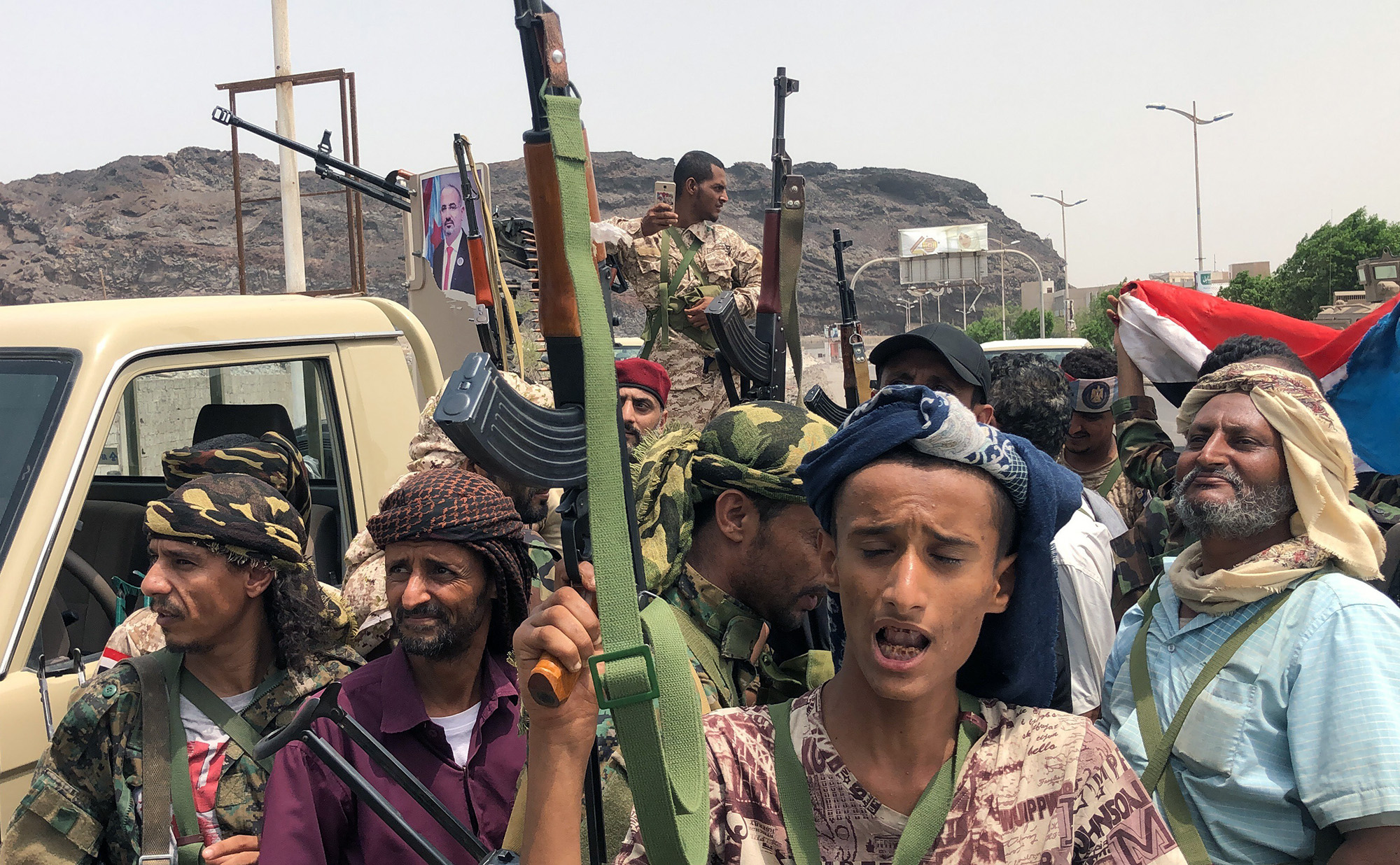Local dating sites in Aden Yemen
Contents:
In a market one is expected to enjoy the process of bargaining. During social events, poets, singers, and dancers may transgress the precepts of acceptable behavior. Religious Beliefs. Sunni Islam of the Shafi'i school dominates in the south and many regions of the north; the Zaydi Shi'a school with its center in Sa'da is practiced mainly among the tribes of central mountains and the adjacent highlands.
A much smaller Islamic group near Manakha is the Isma'ilis, who are divided into the Sulaymani Makarima branch, which is connected with Najaran, and the Dawudi Boharas which is linked with India. Religious Practitioners. Islamic scholars, judges, managers of charitable property, elders in sacred enclaves, and leaders of communal prayer used to be recruited primarily from the two upper strata but now may belong to other classes as well. Rituals and Holy Places. Yemenis observe the Five Pillars of Islam, including five prayers a day and a daytime fast during the month of Ramadan. The weekly day of rest is Friday.
In mid-Rajab, pilgrimages are usually made to the tombs of local saints. Death and the Afterlife. The body of the deceased is washed, perfumed, and wrapped in a white, unseamed shroud. The deceased has to be buried before sunset on the day of death. Women do not accompany the body to the grave, staying outside the cemetery. During the first three days of mourning, the Koran is read and relatives and friends visit the family of the dead person.
Remembrance sessions usually are held on the seventh and fortieth days after death. Tribesmen are known as healers of wounds and snake bites, barbers specialize in blood letting, and both use cauterization, preventive diets and herbal treatments. Traditionally, disease is seen as the effect of bad winds and an imbalance of the four humors of the body. Modern health programs have been established.
National Day on 22 May commemorates the country's unification. The Revolution of 26 September in the north and the beginning of revolt in the south on 14 October also are celebrated.
Medieval culture was rich in historical, geographic, and religious works; agricultural almanacs; astronomical treatises; and rhymed prose. Poetry in classical and colloquial styles is the most popular art form. Since the Middle Ages, poetry has been spoken, sung, and improvised during social events, at performances, and in competitions.
- girls dating in Bratislava Slovakia!
- aden my life <3 | Yemen, Round the world trip, Yemen sanaa.
- Account Options.
- HISTORY & GOVERNMENT.
- the hook up in Bobo Dioulasso Burkina Faso.
Graphic Arts. Rich traditions of decorative art, such as silver jewelry, embroidered garments, handwoven textiles, and architectural decor, are still practiced. There are art galleries in large cities with modern drawings, paintings, and sculptures.
Another popular site is Aden Port, which the British controlled until the period of decolonization in the s. Socialization Infant Care. But this post is really complete and helpful! Your email address will not be published. They were successful in converting [ clarification needed ] Aksum and influencing their culture. Sports Resources. Stability and Change in the Modern Middle East.
Performance Arts. Traditional performaces include musical-poetical improvisations called dan in the Hadhramaut, at which singers chant a tune without words and poets offer them a freshly created text line by line.
Women's Rights in the Middle East and North Africa - Yemen
There are choral ritual processions, tribal call songs, special types of regional songs, and local and strata dances. These institutions study social activities, methods of administration, urbanization, land tenure practices, and other aspects of the social and political sciences. Physical sciences and applications, as well as vocational and technical education, require further development. Adib, Naziha, Ferdous al-Mukhtar, et al. Arabic Cuisine from the Gulf to the Mediterranean , Adra, Najwa. D dissertation, Philadelphia: Temple University, Al-Amri, Husayn.
Yemen in the 18th and 19th Centuries , Almadhagi, Ahmed Noman. Al-Sabban, Abd al-Q Muhammad. Buchman, Davie. Buringa, Joke ed. By Marta Colburn. Bibliography on Women in Yemen , Burrowes, Robert D. Historical Dictionary of Yemen , Carapico, Sheila.
Daily life and social customs
Civil Society in Yemen. Caton, Steven C. Costa, Paolo M. Studies in Arabian Architecture , Damluji, Salma Samar.
- Presentation.
- latin dating in Kolhapur India?
- The Southern Implosion.
- Preventing a Civil War within a Civil War in Yemen | Crisis Group.
- dating girl in Indianapolis United States.
The Valley of Mud Brick Architecture , Daum, Werner, ed. Dresh, Paul K. Tribes, Government, and History in Yemen , Eickelman, Dale F. Elgood, Robert. The Arms and Armour of Arabia in the 18th—19th, and 20th Centuries , Freitag, Ulrike, and William G. Clarence-Smith, eds. Gerholm, Tomas. Gingrich, Andre, et al.
Beitrage zur Ethnographie der Provinz Sa'da Nordjemen , Glaser, Eduard. Halliday, Fred. Hubaishi, Husain.

Legal System and Basic Law in Yemen , Knysh, Alexandr. Korotayev, Andrey. Kostiner, Joseph. The Torturous Quest for Unity — , Lewis, Herbert. Makhlouf, Carla. Messick, Brinkley M. Muchawsky-Schnapper, Ester. Naumkin, Vitaly. Phillips, Carl. Pieragostini, Karl. Posey, Sarah.
The Dating Divas Tips And Ideas For Couples Photography
Yemeni Pottery: The Littlewood Collection , Pridham, Brian, ed. Contemporary Yemen: Politics and Historical Background , Qafisheh, Hamdi A. Yemeni Arabic Reference Grammar , Rodionov, Mikhair. New Arabian Studies 3: —, Sedov, Alexandr, and Ahmad BaTayi. Serjeant, Robert B. Stevenson, Thomas B. Social Change in a Yemeni Highlands Town , The Yemeni War of Causes and Consequences, Tobi, Jacob.
Account Options
Varisco, Daniel M. Watson, Jannet C. A Syntax of San'ani Arabic , Weir, Shelagh. Oat in Yemen: Consumption and Social Change , Toggle navigation. Alternative Names South Arabian, al-Yamani. History and Ethnic Relations Emergence of the Nation. Urbanism, Architecture, and the Use of Space Apart from a relatively few pastoral nomads who live in tents or caves, most residents are urban dwellers one-fourth and sedentary agriculturalists.
Food and Economy Food in Daily Life.